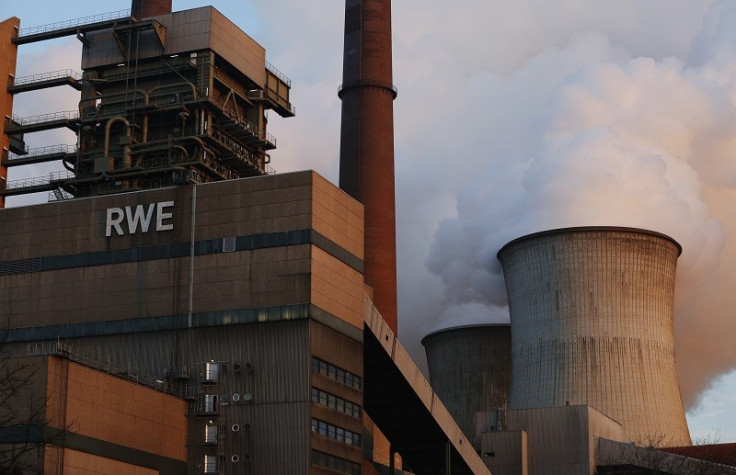Worldwide Water Shortage by 2040 Unless There Are Changes to the Way Power is Produced

Energy companies need to change the way they produce power otherwise drinking water will become a scarce commodity for the world's population by 2040.
As soon as 2020, between 30% to 40% of people around the world won't have access to drinking water unless the competing issues of creating energy and supplying clean water are addressed, according to research by a team from Aarhus University in Denmark and the US's Vermont Law School and CNA Corporation.
In most countries, the creation of electricity leads to the biggest source of water consumption because power plants need to be cooled due to the immense heat that's generated.
Over three years, the team focused on four case studies in France, the US, China and India, dealing with specific utilities and energy suppliers and identifying current energy needs before making their projections.
As a result, they predicted it will be impossible to continue to produce electricity as we do today while meeting the demand for drinking water in 2040.
"It's a huge problem that the electricity sector does not even realise how much water they actually consume," said Professor Benjamin Sovacool from Aarhus University.
It's a huge problem that the electricity sector does not even realise how much water they actually consume. And together with the fact that we do not have unlimited water resources, it could lead to a serious crisis if nobody acts on it soon.
from Aarhus University
"And together with the fact that we do not have unlimited water resources, it could lead to a serious crisis if nobody acts on it soon."
The researchers made six general recommendations for decision-makers to follow in order to alter the present system.
They said there needs to be an improvement in energy efficiency, an investment in solar energy, a strong focus on wind energy, improved research into alternative cooling cycles, a better overview as to how much water is used by power plants, and to stop the use of fossil fuel facilities in parts of the world that have a lack of water.
Thermal power plants in the US used as much water as farms did in 2005, and more than four times as much as all US residents, according to news site Treehugger.
In 2008, power plants in the US withdrew 60 to 170 billion gallons of freshwater every day from rivers, lakes, streams and aquifers, while using 2.8 to 5.9 billion gallons.
The only energy systems that do not require cooling cycles are wind, hydropower and some solar power systems - as solar photovoltaics, for example, do require water for cleaning the panels.
Solar thermal plants that use solar mirrors to heat water in boilers are more water intensive than solar photovoltaic panels.
But the world's largest solar thermal plant, the Ivanpah Solar Electric Generating System based in the US's Mojave Desert, uses dry-cooling technology that dramatically reduces water usage.
© Copyright IBTimes 2025. All rights reserved.





















